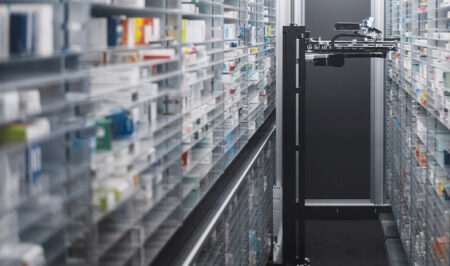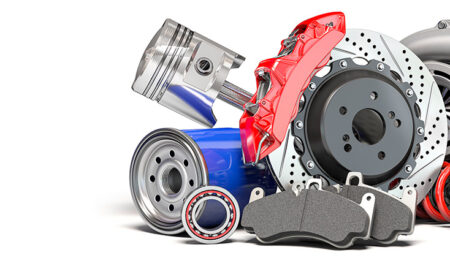8 Questions to Ask When Choosing a 3PL for US-Mexico Trade
The US-Mexico trade corridor is one of the most active in the world. With international e-commerce forecast to hit $1 trillion in merchandise value by 2030, businesses increasingly rely on third-party logistics (3PL) providers to move goods across the border efficiently. Selecting the right 3PL partner is an urgent decision that can no longer be overlooked. A reputable 3PL partner does more than transport freight. They offer full-service logistics solutions, customs navigation, regulatory compliance, technology integration, and security measures.
Choosing the right one can be the difference between success and costly delays. By leveraging their specialized expertise, infrastructure, and technology, these providers can ultimately enhance your competitive advantage in the challenging world of international trade.
National vs. Cross-Border 3PLs
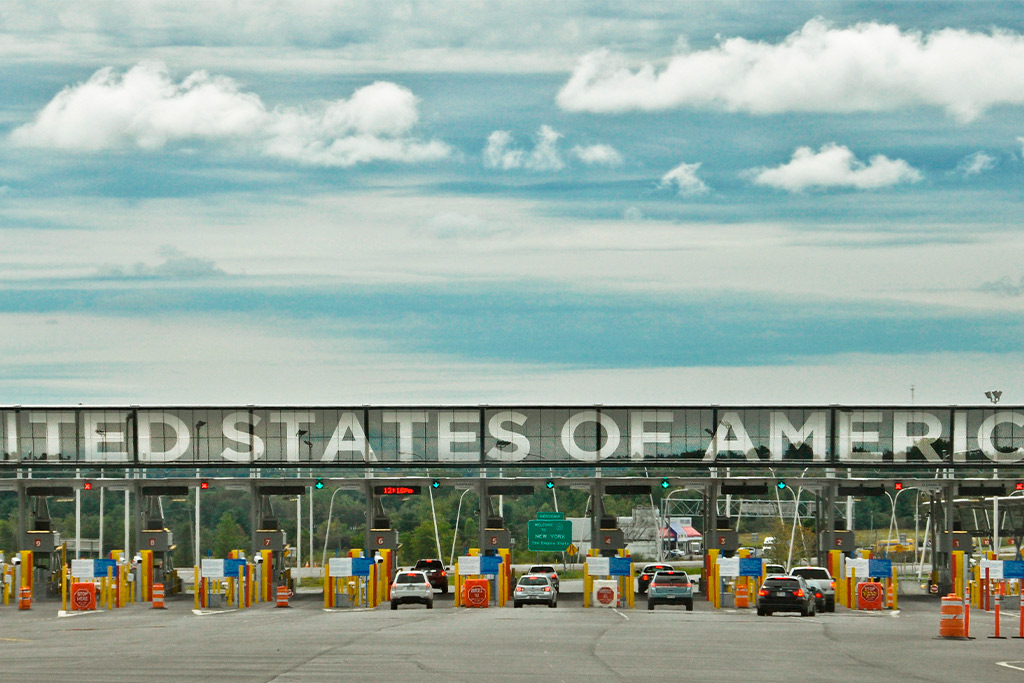
National 3PLs manage logistics within a single country’s regulations. In contrast, cross-border 3PLs, the focus of this article, operate between the US and Mexico and must comply with protocols from both countries. Understanding the differences between a national and a cross-border 3PL highlights why selecting the right partner is essential for efficient US-Mexico trade.
When dealing with busy crossings like Tijuana-San Diego, expert logistics partners can transform what would otherwise be anxiety-inducing delays into seamless operations.
Cross-border 3PLs typically offer a comprehensive suite of specialized services including warehousing, distribution, transportation management, customs brokerage, and compliance handling. These providers maintain facilities on both sides of the border and possess the necessary permits and certifications to move goods seamlessly between countries.
- Door-to-door delivery
- Flow analysis
- Supply chain solutions
- Intermodal transportation options that connect truck, rail, and port facilities.
The most capable providers also offer specialized services like C-TPAT certified security, K-9 inspections, 21-point safety checks, and GPS tracking to safeguard cargo throughout its journey.
Question 1: Assessing Network Coverage and Infrastructure
Assessing a 3PL’s network coverage and infrastructure is essential to understanding their ability to meet delivery timelines and manage the demands of cross-border logistics. The strength, location, and integration of their physical assets directly affect the speed, flexibility, and reliability of your supply chain.
Strong physical infrastructure directly impacts the speed and reliability of your supply chain.
Evaluation Areas:
- Facility Distribution: Locations should be near major ports and border crossings like Tijuana-San Diego.
- Fleet Ownership: Company-owned fleets offer better control over timing and safety.
- Multimodal Capabilities: Look for providers who integrate road, rail, and sea freight efficiently.
How many strategically placed facilities do you operate on both sides of the border?
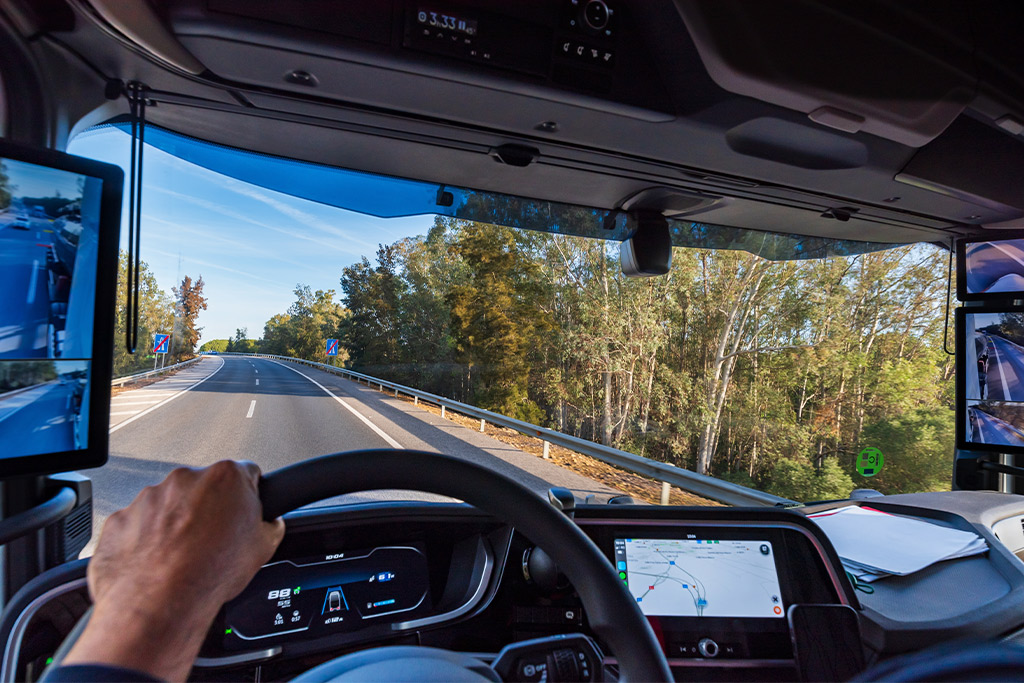
When evaluating a 3PL’s facility presence, ask how many strategically placed locations they operate on both sides of the border. The table below outlines key infrastructure benchmarks that support efficient cross-border operations. Ideally, facilities should be within 50 miles of border crossings, supported by a fleet of 100+ trackable units, and offer direct or fast access to ports and rail lines. These capabilities help meet delivery service-level agreements (SLAs), with over 80% of shipments arriving within 48 hours.
Infrastructure Capability Metrics
| Feature | Ideal Criteria |
| Fleet Size | 100+ units with tracking |
| Facility Proximity | Within 50 miles of border crossings |
| Port & Rail Access | Direct or fast connections |
| Delivery SLA | 80%+ shipments delivered within 48 hours |
Questions 2 – 5: Technology and Real-Time Visibility

In cross-border logistics, technology is a performance driver, not a luxury. Real-time visibility and automated systems reduce delays, increase security, and provide the transparency today’s businesses and customers expect. When evaluating a 3PL provider, look for advanced digital capabilities that go beyond basic tracking.
Features to Look For:
- GPS & IoT Tracking: These technologies monitor cargo conditions and location in real time. From temperature and humidity to movement and route deviations, this data helps protect sensitive goods and provides instant updates to stakeholders.
- AI-Powered Route Optimization: Artificial intelligence analyzes real-time variables like traffic congestion, weather conditions, and border delays to adjust delivery routes dynamically. This reduces transit time and improves on-time performance.
- Blockchain Integration: Blockchain enables tamper-proof documentation and secure data sharing across all parties. This leads to faster customs clearance, reduced paperwork, and stronger compliance with international trade protocols.
A tech-enabled 3PL not only boosts efficiency but also offers you peace of mind through enhanced control and predictability in your cross-border supply chain.
Questions to Ask:
- Question 2:
How does your logistics platform integrate with our existing systems? - Question 3:
What visibility tools and client dashboards do you provide? - Question 4:
Do you have backup systems for power and data outages? - Question 5:
How does your technology support customs documentation and clearance?
Questions 6 & 7: Compliance, Security, and Regulatory Expertise
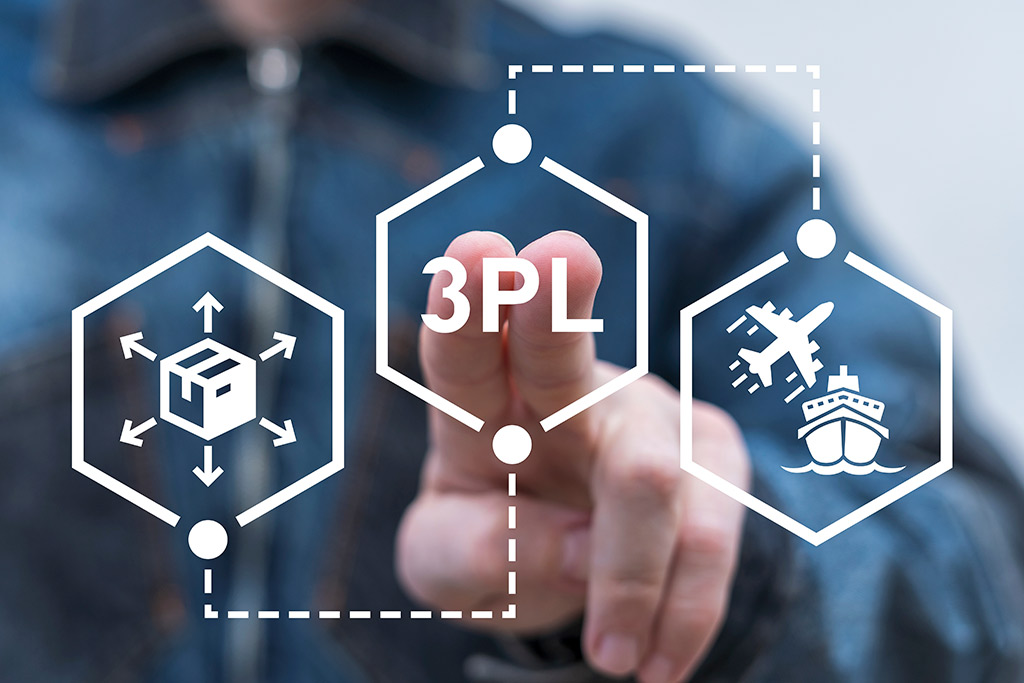
Compliance and Security Checklist
Cross-border shipping introduces added layers of risk, from regulatory oversight to cargo theft. To minimize disruptions and maintain trust with clients and authorities, your 3PL partner must demonstrate a proactive approach to security and compliance. The features below represent key industry standards that directly impact speed, safety, and accountability in US-Mexico trade operations:
| Security Feature | Importance |
| C-TPAT Certification | Participation in the Customs-Trade Partnership Against Terrorism program allows for faster border clearance and reduced inspections for trusted shippers. It also signals a strong commitment to international security protocols. |
| Real-Time GPS Tracking | Enables 24/7 monitoring of freight location and status, which reduces the risk of theft and allows for quicker responses in case of delays or deviations. |
| K-9 & Vehicle Inspections | On-site K-9 inspections and 21-point vehicle checks add an extra layer of cargo protection, helping prevent smuggling, tampering, or hidden contraband. |
| Blockchain for Customs Docs | Speeds up documentation processes while improving security. Immutable records reduce the risk of fraud and streamline customs clearance across both sides of the border. |
Selecting a 3PL with these compliance and security features ensures your shipments remain protected, legal, and on schedule which are key factors in maintaining competitive cross-border operations.
Basic Questions:
- What is your C-TPAT status, and how do you manage customs compliance?
- How do you stay current on regulatory changes in US-Mexico trade?
Question 8: Scalability, Flexibility, and Customization
Different industries require tailored logistics solutions to meet their unique operational and regulatory demands. Whether you’re transporting medical devices, auto parts, or high-value electronics, your 3PL partner must be equipped to handle industry-specific challenges. Flexibility, precision, and compliance are non-negotiable for maintaining efficiency and avoiding costly delays.
Industry-Specific Services:
- Automotive: Just-in-time (JIT) delivery models reduce inventory costs and keep production lines moving without interruption.
- Medical Equipment: Requires strict temperature control, specialized handling, and detailed documentation to meet healthcare regulations and ensure product integrity.
- Electronics: Sensitive to vibration and static, these shipments demand shock-resistant packaging, careful handling, and secure transport to prevent damage in transit.
Different industries need different logistics approaches. Whether you’re moving medical devices or auto parts, flexibility is key.
Can you customize services for my industry and adjust during peak seasons?
Scalability Factors
| Factor | What to Look For |
| Seasonal Scaling | Capacity for peak demand shifts |
| Industry Specialization | Proven experience in your product category |
| Route Flexibility | Multiple delivery windows and rerouting |
Advanced 3PLs apply AI-powered route optimization to reduce delays and fuel use, increasing cost efficiency and reliability.
Pricing Transparency and Cost Management

When searching for a 3PL provider, keeping a close eye on cost and pricing transparency is essential to avoid unexpected expenses and stay within your logistics budget. The table below outlines typical pricing structures and examples of additional charges to watch for.
Common Pricing Models:
| Model | Description |
| Per-Service | Individual charges for packing, warehousing, etc. |
| Per-Unit | All-inclusive pricing by item |
| Project-Based | Custom quotes for specialized shipments |
Potential Hidden Fees:
- Account setup (avg. $336)
- SKU management fees
- Extra customs handling fees
- Delay surcharges
Best Practices:
Following best practices can help you avoid hidden fees and ensure transparent, manageable logistics costs.
• Request a clear breakdown of all possible charges.
• Ask about contract flexibility: short-term vs. long-term commitments.
• Weigh added-value services (e.g., kitting) against the cost of hiring additional vendors.
The Ideal 3PL Provider
The qualities of an ideal 3PL partner:
Customer Support and Long-Term Value
Exceptional logistics operations are built on strong communication and proactive support.
Key Indicators of Support:
- 24/7 bilingual service
- Dedicated account managers
- Issue escalation processes
- Proactive shipment monitoring
Signs of a Long-Term Partner:
| Characteristic | Benefit |
| Clear escalation protocols | Faster problem resolution |
| Multilingual staff | Smoother communications with border officials |
| Strategic guidance | Helps optimize long-term supply chain strategy |
Ask for references from clients in similar industries to verify satisfaction and long-term reliability.
Building Resilient US-Mexico Trade with the Right 3PL Partner in San Diego
The value of a strategic, technology-enabled 3PL partner cannot be overstated. By carefully evaluating infrastructure, technology, compliance, customization, and support capabilities, along with asking the right questions, you can build a supply chain that’s not only efficient, but also resilient.
Partner with Mex-Cal Truckline today to strengthen your US-Mexico supply chain. With our proven expertise, advanced technology, and commitment to compliance, we help you navigate complexities, reduce costs, and grow your business confidently. Contact us now to learn how we can be your trusted 3PL partner for resilient cross-border logistics.



